Big cats are among the most fascinating apex predators in the animal kingdom. These majestic creatures boast a wide array of hunting strategies that allow them to thrive in diverse habitats across the globe. This article explores the unique hunting techniques employed by eight notable big cat species, each of which has adapted to its environment in remarkable ways.
The Stealthy Ambush of the Tiger
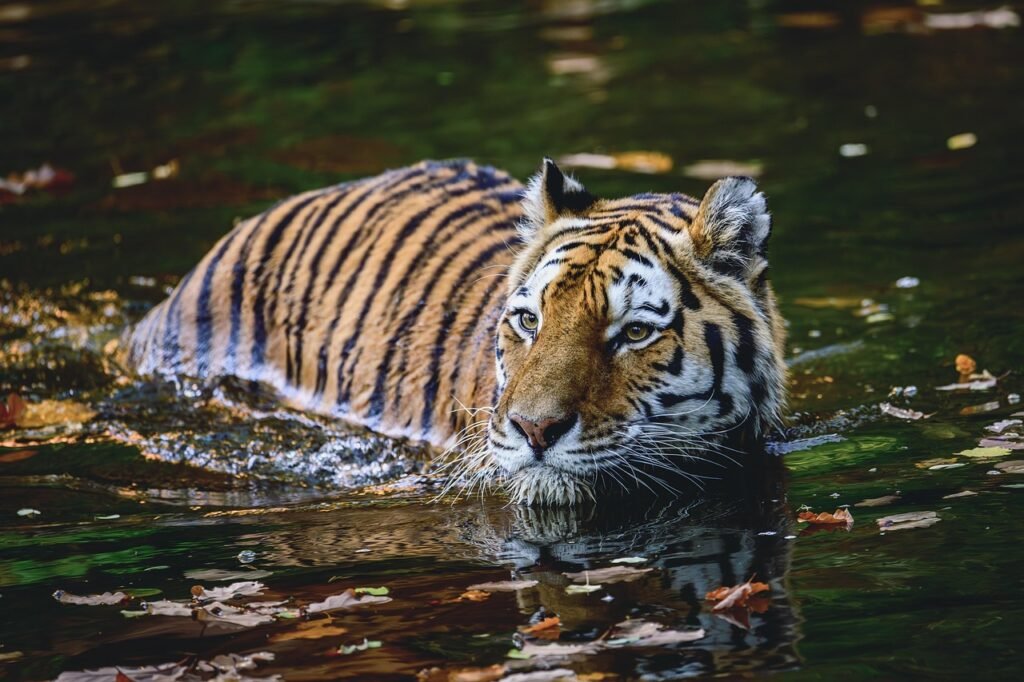
Tigers are solitary hunters who rely heavily on stealth and camouflage to stalk their prey. These big cats use their striped coats to blend into the dense vegetation of forests and grasslands. When hunting, tigers approach their prey silently, using the element of surprise. With a blend of power and precision, they launch themselves at their target in a final, short-burst sprint that is almost always fatal.
Cheetah: The Speedster of the Savanna
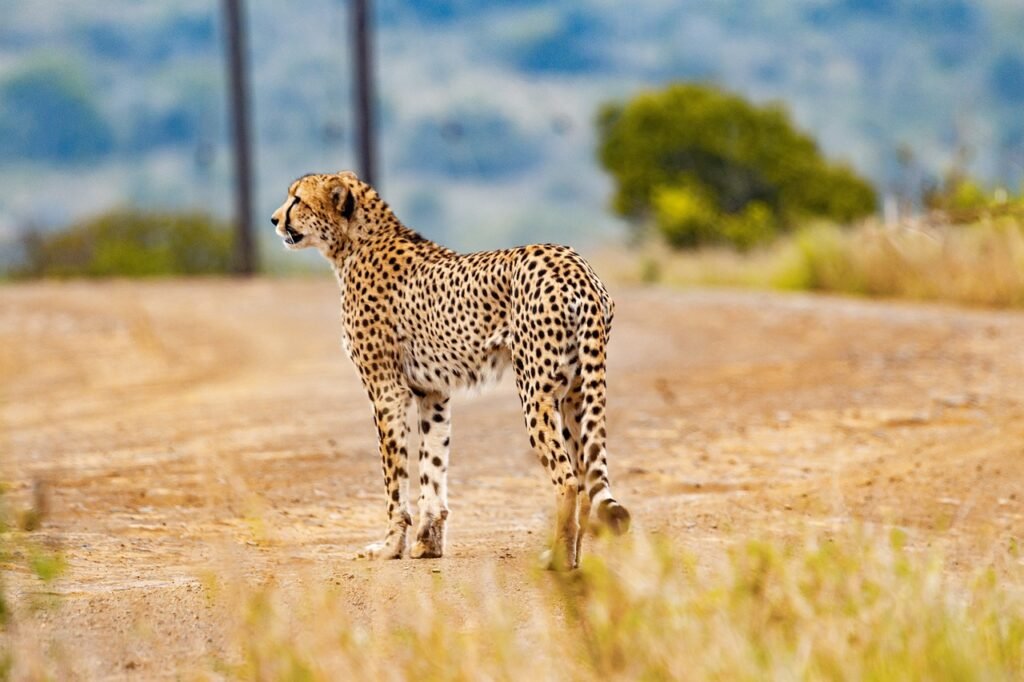
The cheetah is renowned for being the fastest land animal, capable of reaching speeds up to 70 mph. Unlike other big cats, cheetahs rely on their extraordinary acceleration over short distances to outrun their prey. Their hunting strategy involves getting as close to their target as possible before launching an explosive chase, using their lightweight bodies and muscular legs to maintain speed and agility. Such hunts typically last less than a minute.
Leopard’s Mastery of Opportunistic Hunting
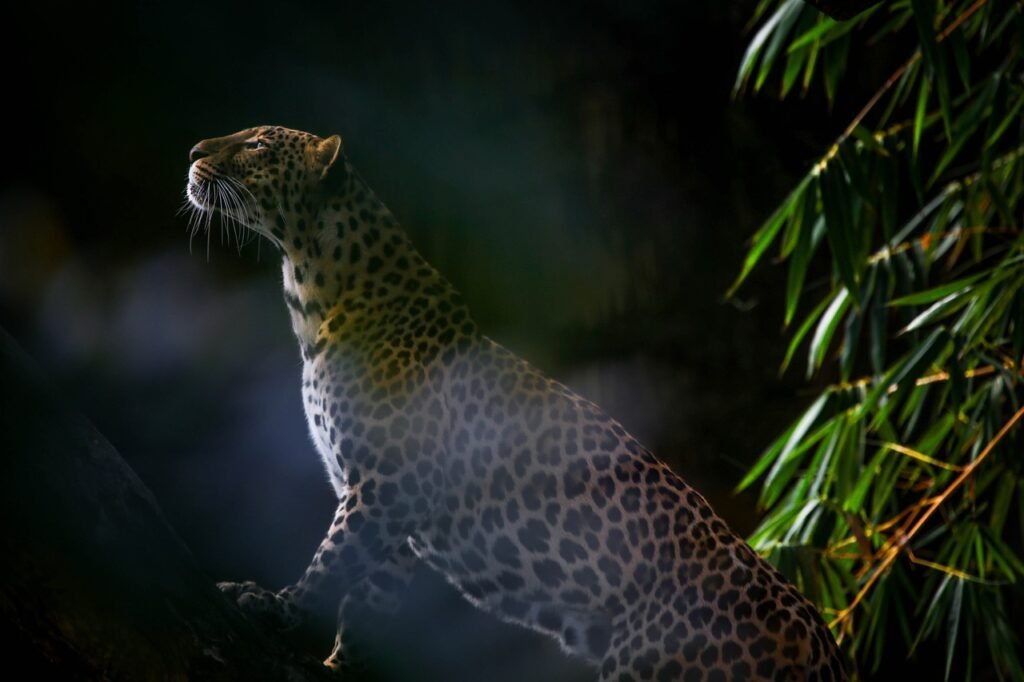
Leopards are incredibly adaptable and opportunistic hunters, capable of surviving in diverse environments ranging from the African savannas to Asian forests. They deploy a combination of stealth, strength, and cunning. Often hunting at night, leopards use their keen senses to detect prey before approaching quietly for a sudden ambush. They also use their powerful jaw muscles to drag prey up into trees, away from scavengers and other predators.
Snow Leopard: The Ghost of the Mountain
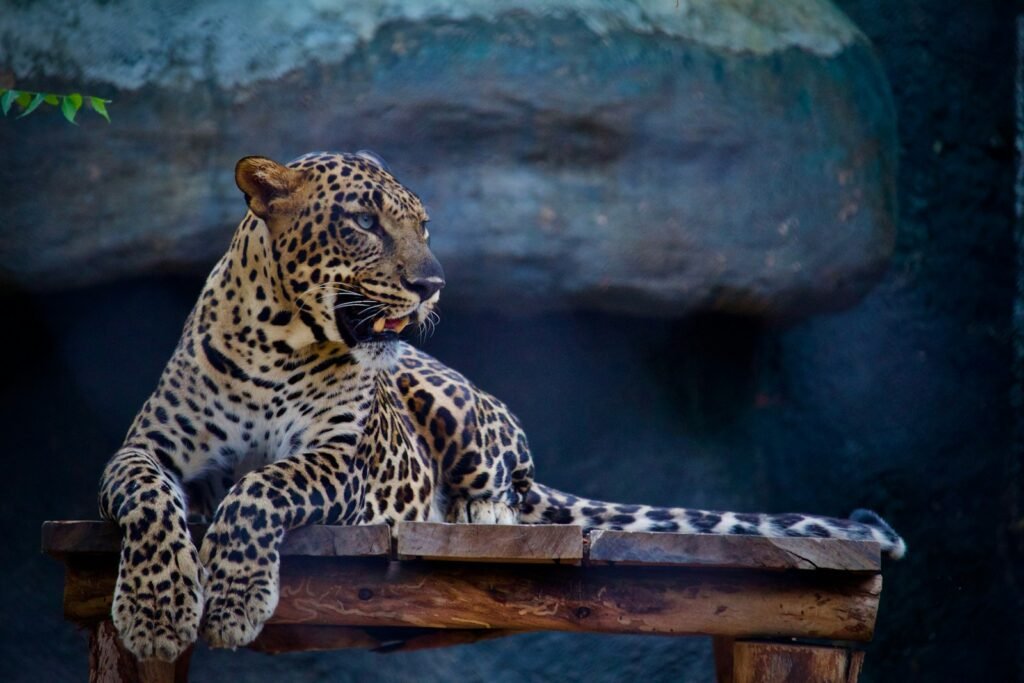
The elusive snow leopard is a master of hunting in high-altitude terrains, with thick fur and large paws adapted for cold, rocky environments. These cats excel at ambush hunting, often lying in wait for prey in the shadows or behind boulders. Their powerful hind legs are well-suited for leaping great distances, allowing them to pounce effectively in mountainous terrain where precise footing is critical.
Lion: The Cooperative Alliances
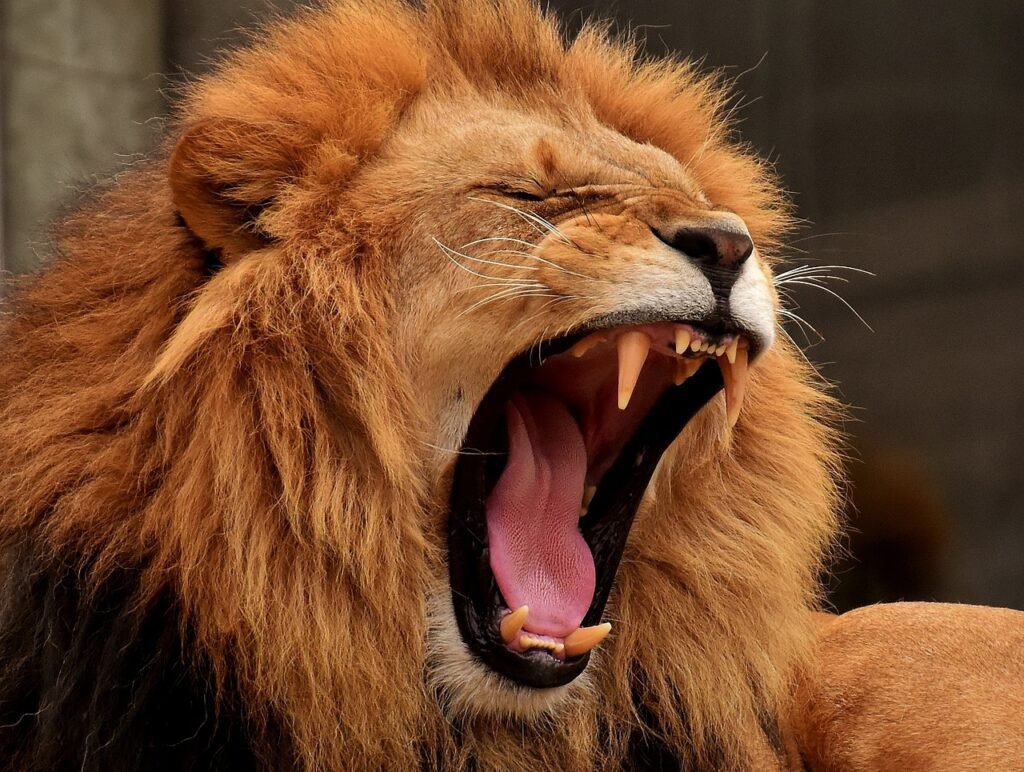
Lions are the only social big cats, living in groups known as prides. Their hunting strategy revolves around cooperation and teamwork. Lionesses typically do most of the hunting and work together to herd prey into a trap where a swift and powerful attack can be carried out. Through collaboration, lions can take down prey much larger than themselves, securing enough food for the entire pride.
Jaguar: The Aquatic Hunter
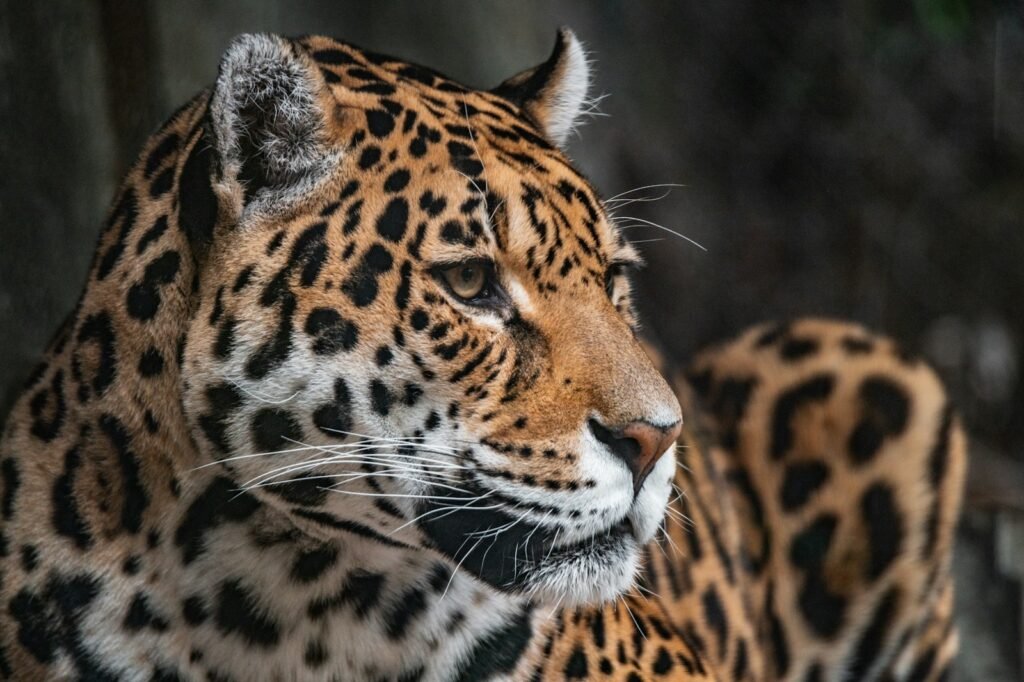
Jaguars are incredibly versatile hunters known for their strength and ability to hunt both on land and in water. Native to the dense jungles of the Americas, jaguars often stalk prey using the dense underbrush as cover. What sets them apart is their proficiency in aquatic environments; they can dive into water to catch prey and use their incredibly strong jaws to deliver a fatal bite, often to the skull, ensuring quick kills.
Puma: The Solitary Stalker
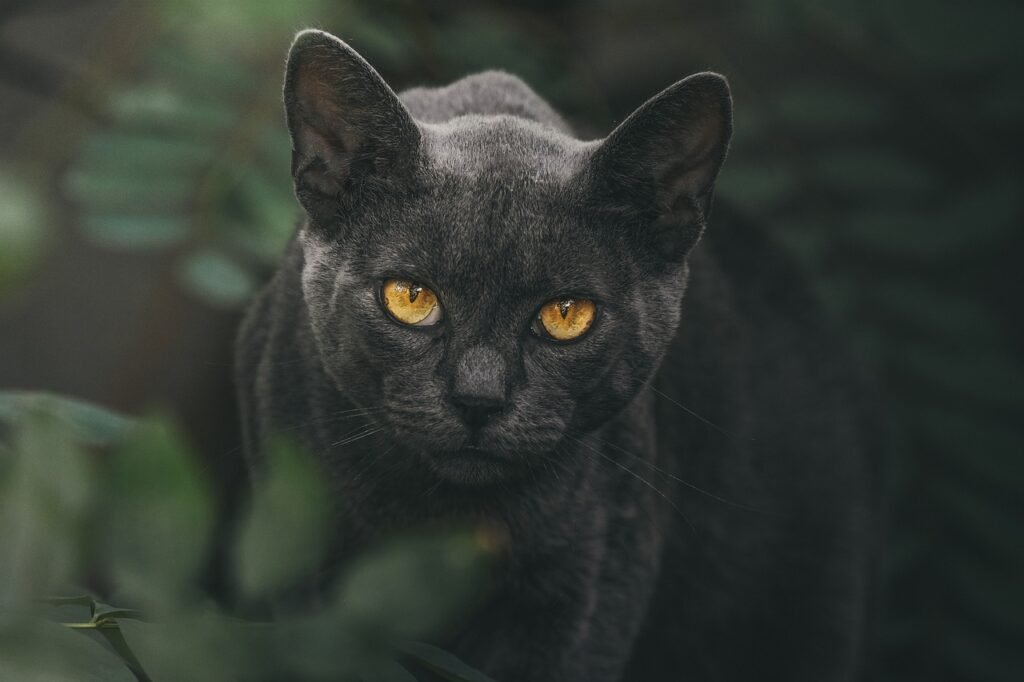
Pumas, also known as cougars or mountain lions, are skilled solitary hunters found across the Americas. They are highly adaptable and utilize a stalking approach to their hunting strategy. Pumas rely on acute hearing and sight to detect prey, often ambushing from above by leaping with great force from cliffs or trees. Once within reach, they employ their strong limb muscles to secure a firm grip on their prey.
Clouded Leopard: The Agile Arborealist
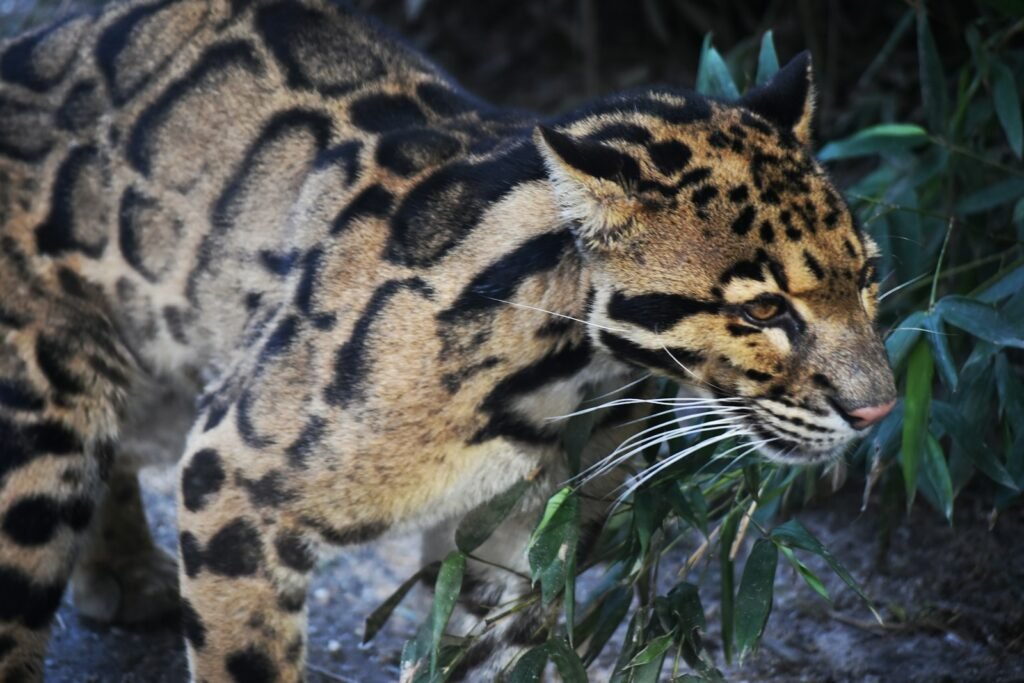
Clouded leopards are smaller than their bigger feline cousins but are remarkable hunters in their own right. They thrive in the dense tropical forests of Southeast Asia, where they showcase unparalleled agility. Adapted for life in trees, these cats hunt by surprising prey from above, leveraging their short legs and large paws for balance. They are also strong swimmers, giving them another advantage in their diverse habitats.
Conclusion: The Evolution of Diverse Hunting Strategies
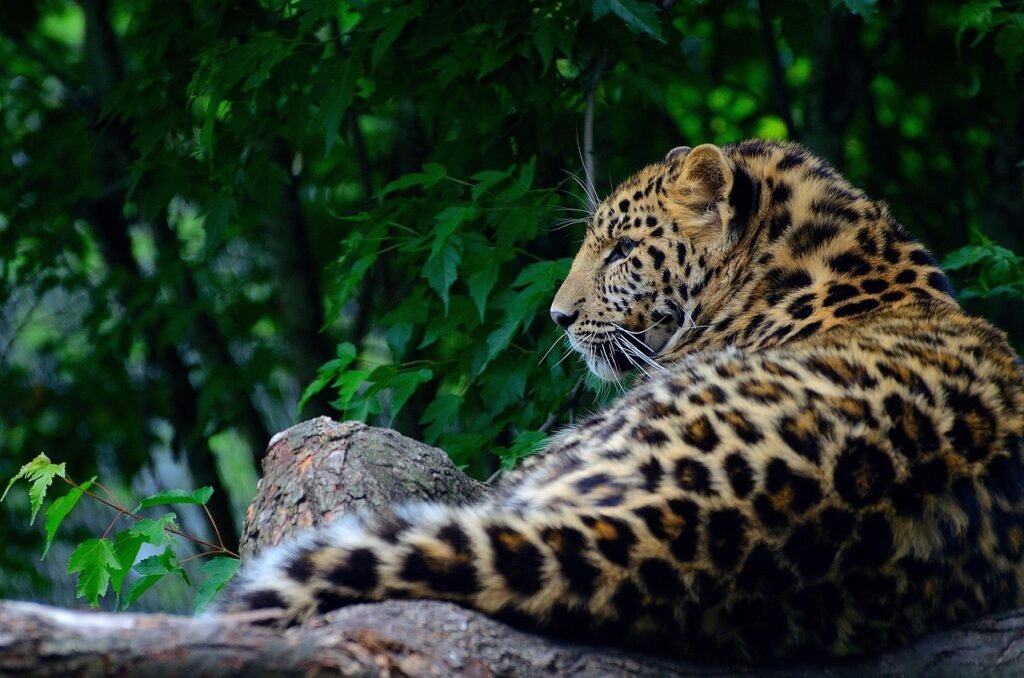
The diverse hunting strategies of big cats illustrate the extraordinary adaptability of these predators. Each species has evolved remarkable skills tailored to their specific environments, from the high-speed chases of the cheetah to the cooperative hunts of lions. As apex predators, their hunting methods play a crucial role in maintaining the ecological balance, and understanding these techniques gives us insight into the complex ecosystems in which they survive.
Hi, I’m Bola, a passionate writer and creative strategist with a knack for crafting compelling content that educates, inspires, and connects. Over the years, I’ve honed my skills across various writing fields, including content creation, copywriting, online course development, and video scriptwriting.
When I’m not at my desk, you’ll find me exploring new ideas, reading books, or brainstorming creative ways to solve challenges. I believe that words have the power to transform, and I’m here to help you leverage that power for success.
Thanks for stopping by, Keep coming to this website to checkout new articles form me. You’d always love it!






